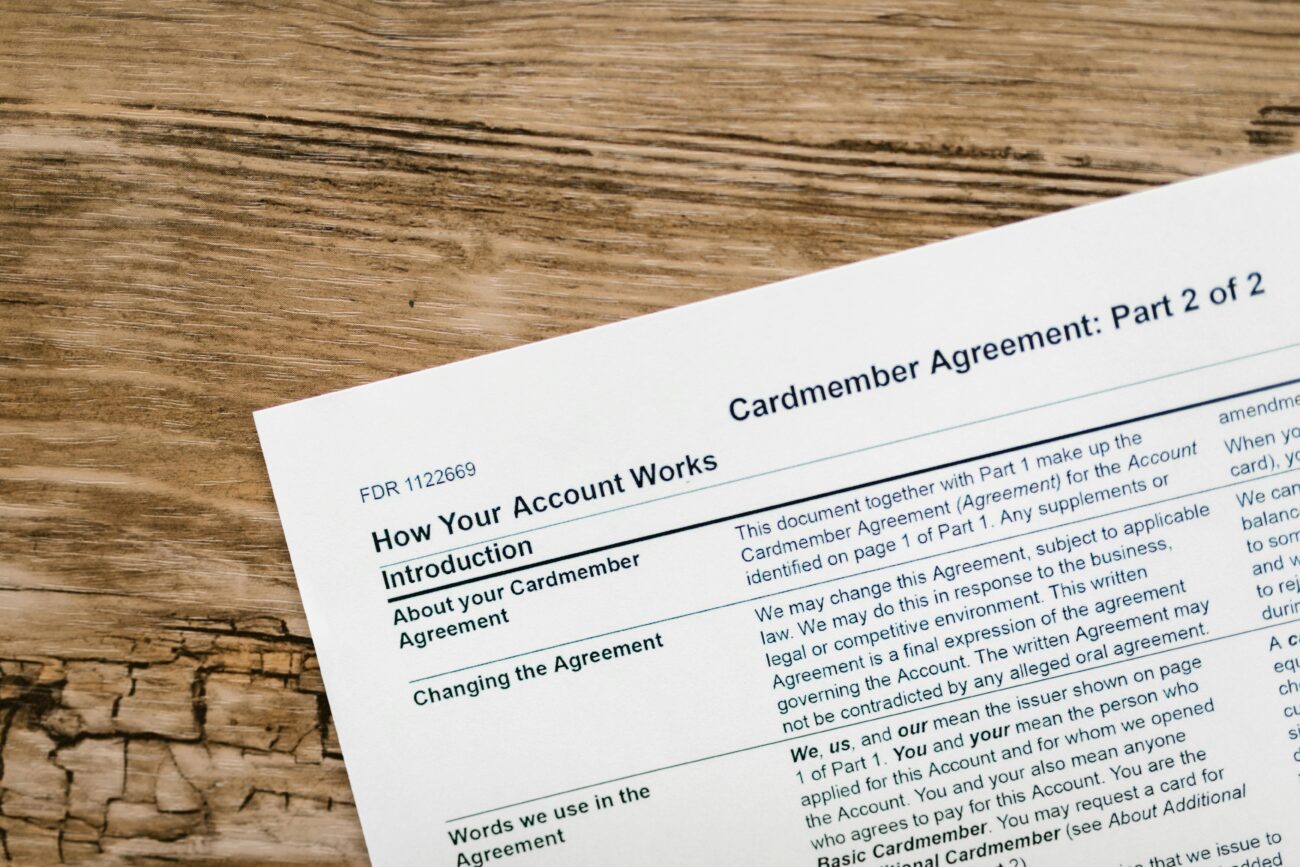Managing ADHD (Attention Deficit Hyperactivity Disorder) can be challenging enough on its own, but the added financial burden of medication costs can make it even harder—especially if you don’t have health insurance. Fortunately, there are several smart and practical ways to afford ADHD medication on a budget without sacrificing your treatment.
Understanding the Cost of ADHD Medication Without Insurance
Without insurance coverage, ADHD medications can be surprisingly expensive. The price depends on the drug type (stimulant or non-stimulant), dosage, and whether you’re buying brand-name or generic versions. Here’s an approximate breakdown of monthly costs in the U.S.:
- Generic stimulant medications (e.g., amphetamine salts, methylphenidate): $30–$80 per month
- Brand-name stimulants (e.g., Adderall, Vyvanse, Concerta): $150–$400 per month
- Non-stimulant medications (e.g., Strattera, Intuniv): $120–$300 per month
When you add in doctor visits and prescription refills, the total cost can easily exceed $1,000 to $2,000 annually. However, with the right strategies, you can dramatically lower those expenses.
1. Choose Generic ADHD Medications
One of the simplest ways to save is by switching to generic ADHD medication. Generics have the same active ingredients and effectiveness as brand-name drugs but cost significantly less. For example, amphetamine salts (generic Adderall) can be up to 80% cheaper than the brand version.
Ask your doctor if you can safely switch to a generic alternative. Many pharmacies automatically offer the generic form, but confirming with your provider ensures a smooth transition.
2. Compare Pharmacy Prices Before Buying
Pharmacy prices can vary widely, even for the same medication. Use free online tools and apps such as GoodRx or SingleCare to compare costs across local and online pharmacies. Sometimes, using these coupons can lower your price by up to 70%.
Don’t assume the closest pharmacy is the cheapest—spending a few minutes comparing prices can lead to significant monthly savings.
3. Ask for a 90-Day Prescription
Many pharmacies offer discounts for larger refills. By requesting a 90-day prescription instead of a 30-day one, you can reduce per-dose costs and save on dispensing fees. This approach is especially helpful if you’re on a stable, long-term medication regimen.
4. Look Into Prescription Assistance Programs
If you can’t afford ADHD medication, explore patient assistance programs (PAPs) offered by pharmaceutical companies. These programs provide free or discounted medications to individuals who meet income criteria.
Some popular ADHD medication assistance programs include:
These organizations connect patients with resources for low-cost or free medications, even if they lack health insurance.
5. Ask About Manufacturer Savings Cards
Many drug manufacturers offer savings or co-pay cards for branded ADHD medications like Vyvanse or Concerta. While these programs are often designed for insured patients, some also provide assistance for those without insurance, significantly lowering the retail cost.
6. Seek Out Community Health Clinics
Community and federally qualified health centers (FQHCs) often provide affordable healthcare, including ADHD diagnosis and medication management. These clinics typically charge based on a sliding scale according to income, making them a great option for those without coverage.
7. Explore Mail-Order and Online Pharmacies
Mail-order pharmacies sometimes offer lower prices for bulk prescriptions. Licensed online pharmacies like Cost Plus Drugs by Mark Cuban can deliver medication directly to your home at transparent, discounted prices.
Always verify that the pharmacy is licensed in your state to avoid counterfeit or unsafe medications.
8. Consider Behavioral Therapy as a Complementary Treatment
While medication is often a cornerstone of ADHD treatment, behavioral therapy can also help manage symptoms—sometimes reducing the need for higher medication doses. Combining both approaches can improve results and may help lower your overall treatment costs in the long run.
9. Discuss Lower-Cost Options With Your Doctor
Be open with your healthcare provider about your financial limitations. Doctors can often prescribe lower-cost alternatives, offer free samples, or adjust treatment plans to fit your budget. They may also recommend clinics with reduced consultation fees or telehealth services that cost less than traditional visits.
10. Check for State or Local Assistance Programs
Depending on where you live, your state may offer medication discount programs or grants for individuals with chronic conditions like ADHD. Visit your state’s Department of Health website or contact local nonprofit organizations to find out what options are available.
Tips to Stay Consistent Without Breaking the Bank
- Set up automatic reminders for refills to avoid last-minute full-price purchases.
- Buy from accredited discount pharmacies only—avoid unverified sources.
- Track your spending and look for recurring savings opportunities.
- Combine coupon codes with generic options for maximum discounts.
Final Thoughts
Living with ADHD shouldn’t depend on whether or not you have insurance. With a little research and planning, you can find affordable ADHD medication options that keep you on track without draining your finances. By exploring generics, patient assistance programs, and pharmacy discounts, you can take control of your treatment—one smart financial move at a time.
